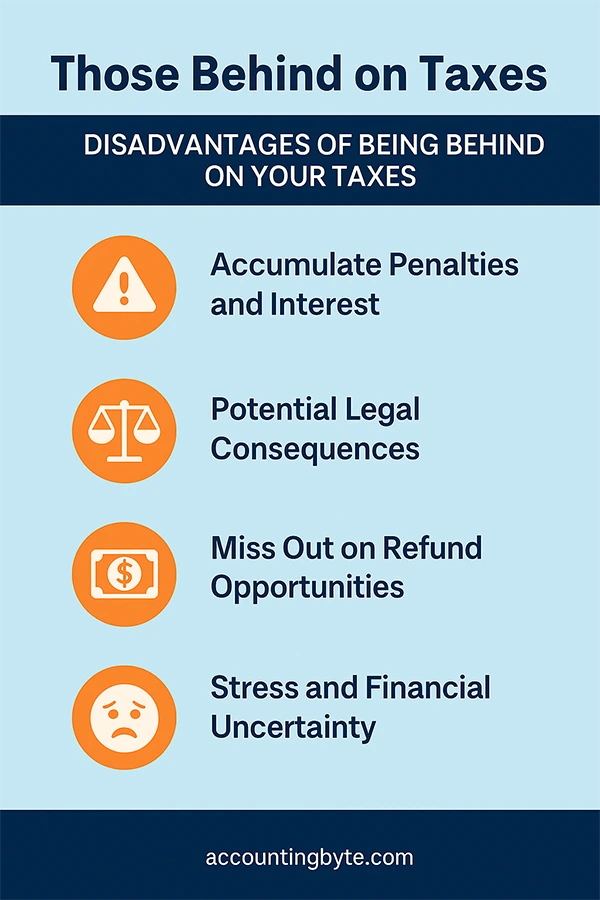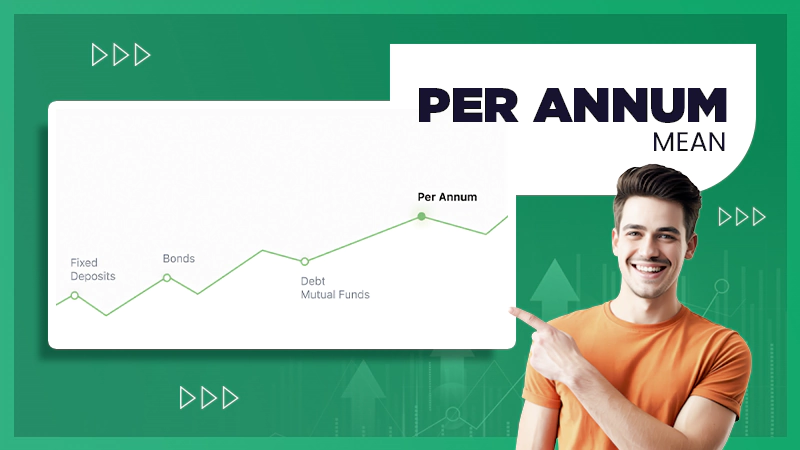Yes. Citizens of the U.S. are taxed on all their income globally and are required to report to the IRS even if they’re paying tax in Australia.
KEY TAKEAWAYS
- Mid-year is ideal for U.S. expats to review their tax status.
- Expats must report foreign accounts like FBAR to avoid penalties.
- IRS offers penalty-free catch-up filing through the Streamlined Filing program.
- Use tax credits or exclusions to avoid being taxed twice.
- Self-employed expats may need to make quarterly estimated tax payments.
An IRS report published in 2023 highlighted more than 9 million people living abroad as U.S. citizens, with some thousands in Australia. Unfortunately, quite a number of these Americans remain ignorant of their U.S. tax implications, risking penalty provisions and lost tax advantages year-on-year.
For U.S. expats living in Australia, the middle of the year is a great time to check in on your tax compliance. Since the U.S. tax year includes both January through December while the Australian tax year runs from July to June, the month of July serves as a crucial checkpoint for American taxpayers in Australia.
This article will explore the important deadlines and reporting obligations, and we will show how planning in the middle of the tax year can save American expats time, money, and innocent tax mistakes.
Mid-Year Is a Critical Time for U.S. Expats to Review Their Tax Filing Status
Even if you’ve filed your current year’s return, mid-year is your chance to catch up, revise strategies, or prepare for upcoming deadlines. If you haven’t filed yet—or even haven’t filed for past years—this is an ideal time to review where you are and get back into rhythm before the latter half of the year is lost.
IRS Deadlines and Extensions Work Differently Abroad
As an expat, you automatically have until June 15 to file your federal return. Interest on any tax due still accrued beginning on April 15, however. You can also request an extension to October 15, but it must be submitted before the June deadline.
Remember, the Internal Revenue Service doesn’t forget—even if you’re living on the other side of the world.
DO YOU KNOW? The standard penalty for willful failure to file is $100,000 or 50% of the account’s maximum value at the time of the violation, whichever is higher, for each year a person didn’t file a required FBAR. (Source: HR Block: Expat Tax)
FBAR and FATCA Compliance Can’t Be Ignored
If you have over $10,000 USD in foreign bank accounts, you must file an FBAR (FinCEN Form 114). For higher total account balances, you may need to file FATCA (Form 8938) with your U.S. tax return too.
These rules apply even if your accounts are in Australia and you’re fully compliant with the ATO. Unreported accounts can result in hefty penalties, and mid-year is a good time to make sure nothing is slipping through the cracks.
Streamlined Filing Still Available for Those Behind on Taxes
Numerous Americans overseas have no idea they must file U.S. taxes, and when they do learn about it, panic strikes. Fortunately, the IRS Streamlined Filing Compliance Procedures are still available.
This limited amnesty program allows expats to file overdue tax returns and FBARs penalty-free, provided the non-filing was non-willful. If you’re falling behind, mid-year is the time to move—before the IRS acts to close the program or make the rules stricter. Below you can see the disadvantages of being behind on taxes.

U.S. and Australian Income Must Be Reconciled
Living in Australia probably means paying tax to the Australian Taxation Office (ATO)—but you also have to report that income on your U.S. return. Thankfully, tax credits and exclusions can prevent you from being taxed twice.
Claim the Foreign Earned Income Exclusion (Form 2555) for up to \$126,500 USD or use the Foreign Tax Credit (Form 1116) for taxes paid to the ATO. Reconciling income from both countries properly is key to avoiding IRS scrutiny. Learn more about this at US expat tax Australia.
Estimated Tax Payments May Be Due for Self-Employed Expats
If you’re self-employed or run a business in Australia, you might owe quarterly estimated payments to the IRS. These are usually due on:
- April 15
- June 15
- September 15
- January 15 of the next year
Mid-year is a good time to review whether your first two estimated payments have been made, and make adjustments to the rest of the year’s projections.
Use Mid-Year to Catch Up and Plan Ahead
Whether you’re entirely compliant or getting up to speed, the midpoint of the year is the ideal time to:
- Review your deduction and income strategy
- Organize bank records and superannuation details.
- Check foreign asset reporting
- Set reminders for future deadlines
- Consult a tax professional experienced in cross-border financial matters.
Final Thoughts
With six months of the year already passed, now’s the moment to make certain your Australian U.S. expat tax requirements are in order. Whether you’re current or catching up, mid-year is a natural review point.
Compliance with tax is simpler when you break it down into steps, and thinking ahead now will save you time, hassle, and perhaps dollars when tax time comes next year.
People Also Ask (PAA)
- Mid-Year Is a Critical Time for U.S. Expats to Review Their Tax Filing Status
- IRS Deadlines and Extensions Work Differently Abroad
- FBAR and FATCA Compliance Can't Be Ignored
- Streamlined Filing Still Available for Those Behind on Taxes
- U.S. and Australian Income Must Be Reconciled
- Estimated Tax Payments May Be Due for Self-Employed Expats
- Use Mid-Year to Catch Up and Plan Ahead
- Final Thoughts
- People Also Ask (PAA)







